The relationship between humans and horses is a fascinating narrative that spans millennia, marked by profound transformations in both species. From wild stallions roaming ancient landscapes to cherished domestic companions, horses have evolved alongside humans, influencing and enriching our lives in countless ways. This journey of co-evolution reflects the adaptability, resilience, and mutual dependency that define our bond with these magnificent creatures. Discover the beauty of Abdellatif Turf, your ultimate destination for high-quality turf products. Enhance your outdoor spaces with our premium selection.
The Wild Origins
The ancestors of modern horses, such as Eohippus, were small, forest-dwelling mammals that lived around 55 million years ago. As the climate and terrain changed, these early equines evolved into larger, more efficient grazers suited to the expanding grasslands. By the late Pleistocene epoch, horses had spread across Eurasia and North America, thriving in diverse environments.
These wild horses were initially prey for early human hunters, who relied on them for sustenance. However, the relationship between humans and horses began to shift from predation to partnership as humans recognized the potential of these powerful animals.
The Dawn of Domestication
The domestication of horses is believed to have begun around 4000 BCE on the steppes of Central Asia. Evidence from archaeological sites in present-day Ukraine, southwest Russia, and west Kazakhstan suggests that early humans started to tame and breed horses for their milk and meat. Over time, the focus shifted to using horses for transportation and labor, marking a significant turning point in human history.
The ability to ride and harness horses revolutionized human mobility. Horses provided a speed and endurance that far surpassed other means of transportation available at the time. This newfound mobility facilitated trade, migration, and warfare, significantly influencing the development and expansion of ancient civilizations.
Horses in Ancient Civilizations
As horses became integral to human societies, they were woven into the cultural and spiritual fabric of many ancient civilizations. In Mesopotamia, horses were depicted in art and mythology, symbolizing power and divinity. The Egyptians used horse-drawn chariots in warfare and ceremonial processions, highlighting their importance in both military and religious contexts.
In ancient Greece and Rome, horses were celebrated in literature and sport. The Olympic Games included equestrian events, and famous works of art depicted scenes of horse racing and chariot battles. These societies not only valued horses for their practical uses but also revered them as symbols of status and nobility.
The Middle Ages and the Renaissance
During the Middle Ages, the relationship between humans and horses deepened as they became essential to feudal societies. Knights relied on heavily armored warhorses, known as destriers, in battles and tournaments. The breeding and training of these horses became an art form, with an emphasis on strength, agility, and discipline.
The Renaissance period brought about further advancements in horsemanship and equine care. The development of classical dressage and the establishment of riding schools, such as the Spanish Riding School in Vienna, reflected a growing appreciation for the skill and beauty of horse riding. This era also saw the emergence of renowned horse breeds like the Arabian, Andalusian, and Thoroughbred, each bred for specific traits and purposes.
The Modern Era: Horses as Companions and Athletes
The Industrial Revolution marked a decline in the use of horses for transportation and labor as machines took over these roles. However, horses found new niches in sport, recreation, and therapy. Equestrian sports such as dressage, show jumping, and racing became popular pastimes, showcasing the athleticism and elegance of horses.
Today, horses are cherished companions and partners in various activities. Equine-assisted therapy has gained recognition for its benefits in helping individuals with physical, emotional, and developmental challenges. Programs involving therapeutic riding and hippotherapy provide opportunities for people to connect with horses in meaningful and healing ways.
Preservation and Ethical Stewardship
The evolution of horse-human relationships also comes with a responsibility to ensure the welfare and conservation of these animals. Wild horse populations, such as the mustangs in North America and the Przewalski’s horses in Mongolia, face threats from habitat loss and human encroachment. Conservation efforts are crucial to protect these herds and maintain ecological balance.
Moreover, ethical breeding practices and proper care are essential to preserve the health and well-being of domestic horses. Organizations and enthusiasts work tirelessly to advocate for the humane treatment of horses, promoting awareness and education about their needs and rights.
Conclusion
The journey from wild stallions to domestic companions is a testament to the enduring and dynamic relationship between humans and horses. This evolution reflects a history of adaptation, cooperation, and mutual benefit. As we continue to engage with horses in various facets of life, we honor their legacy and ensure that our bond remains strong and respectful. The story of horses and humans is not just a tale of the past; it is an ongoing narrative of connection and companionship that will continue to unfold for generations to come.
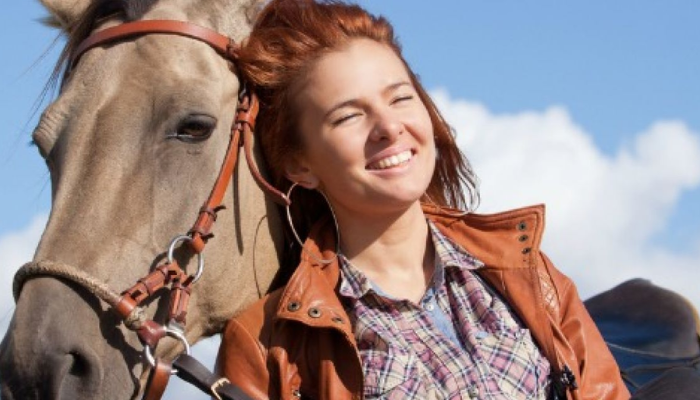


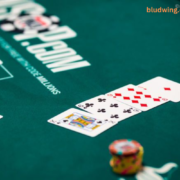

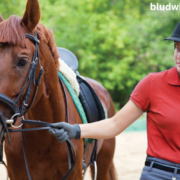
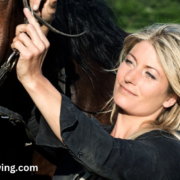

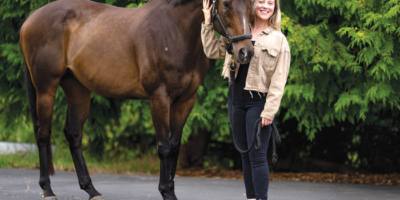

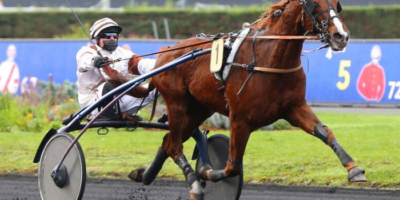

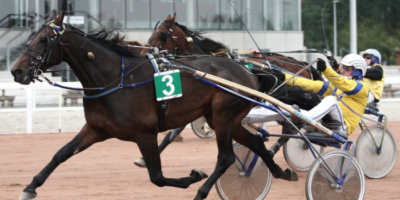




Comments